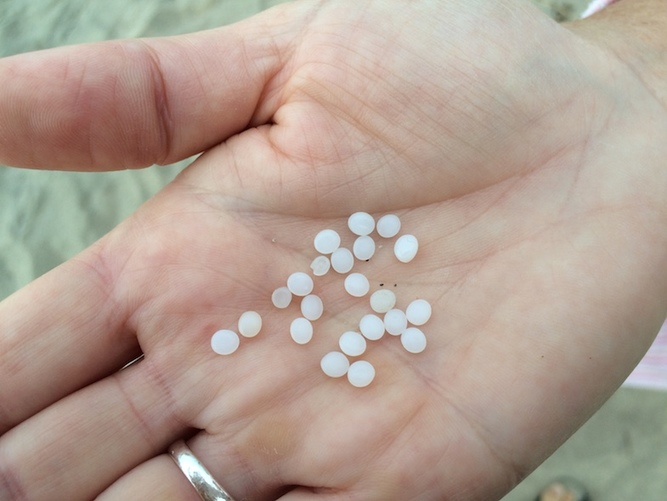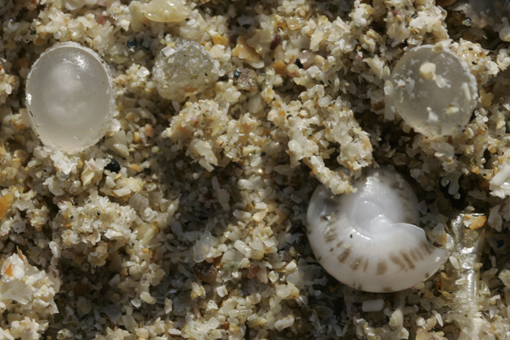Nurdle clean-ups – why they are crucial and how to do it
Nurdle risk to the marine environment needs to be understood

Nurdles – most of us never heard of the word before until last week, when millions of them washed up on KZN beaches and members of the public were urged to help with the clean-up process.
Armed with spades and black bags, many caring Earth warriors arrived on the beach, only to give up before they even started.
The nurdles were so small and scattered along the high tide line that it would take hours to pick them up – one by one with one’s bare hands.
An impossible task.
Besides, it did not look as bad as the news reports had said. In one’s mind’s eye, you’d expect a thick layer of nurdles covering the sand.
But, you need to do only one Google search to see how bad nurdles really are.

ALSO READ: Nurdle spillage along coastline proves difficult to handle
Beaches across the globe are littered with these tiny plastic beads.
The problem is particularly bad in Japan and China, but also in the UK and USA.
Nurdles are pre-production plastic pellets used in manufacturing and packaging. They are about 5mm long and fish-egg shape.
And this is the exact problem. Due to their size, shape and colour, animals like fish, crustaceans and sea birds easily mistake nurdles for food.
Plastic can get trapped in the animal’s stomach, making them feel full and stopping them eating real food.
It is also very likely that highly toxic chemicals on the surface of the plastic transfer into the food chain.
In other words, we end up eating it.
Lying in the sun, nurdles fragment into smaller pieces over time and eventually become as small as sand grains or even plankton.
As they mix with the ocean water, these microscopic pieces of plastic turn our ocean into a type of ‘plastic soup’ – ingested by the very fish, seafood or sushi we like to eat with chips and tartare sauce.
Even more alarming is the fact that nurdles act like sponges for toxic chemicals and concentrate them to levels millions of times higher than the surrounding sea water.
So, it’s obvious that we do need to try and rid our beaches of all traces of nurdles.

But how?
According to the website nurdlehunt.org.uk, the most effective way to pick up nurdles from a sandy beach is by using sieves.
You can also scoop them from water using a net.
Wear gloves or use a pair of tweezers, as nurdles absorb toxic pollutants from the ocean.
Also remember to wash your hands with soap and water thoroughly after touching beach debris.
Look out for tiny white lentil-shaped objects, but do note that nurdles turn yellow over time.
Light in weight, the wind will blow them in all directions, so if you do go to the beach, also look out for nurdles on paths, among vegetation and between rocks.
Put your nurdles in an old jam jar for easy transportation and to show off to your friends!
HAVE YOUR SAY
Like our Facebook page and follow us on Twitter.
For news straight to your phone invite us:
WhatsApp – 072 069 4169
Instagram – zululand_observer

